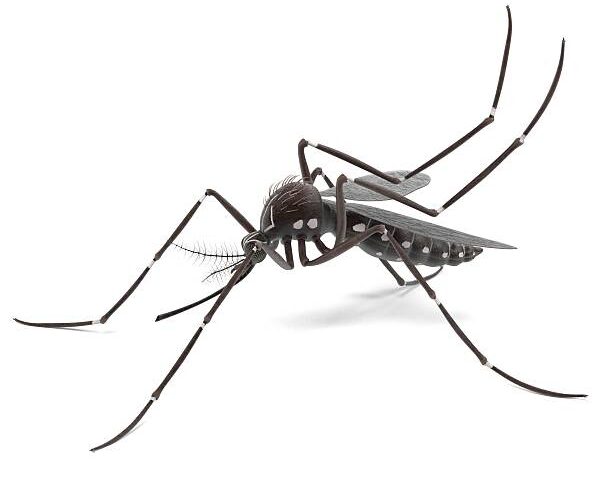In the intricate web of ecosystems, the relationships between different species often unfold in fascinating and unexpected ways. One such intriguing phenomenon is the role of flying mosquitoes as a source of sustenance for non-flying geckos. While it might seem counterintuitive that creatures that usually soar through the air become a meal for those bound to the ground, nature’s intricacies are full of surprises. In this article, we delve into the curious dynamic where flying mosquitoes become food for geckos that cannot take to the skies. Through exploring the phenomenon, the reasons behind this dietary choice, and the significance it holds in ecological balance, we unravel a captivating chapter of nature’s intricacies.
Unusual Prey: Flying Mosquitoes:
The conventional image of mosquitoes is one of airborne pests that buzz around, often causing annoyance with their itchy bites. However, in certain ecosystems, these flying insects have found an unexpected role as a food source for non-flying geckos. This seemingly counterintuitive relationship provides insights into the adaptability of both predator and prey.
Food for Non-Flying Geckos:
Geckos are a diverse group of reptiles known for their ability to climb walls and ceilings due to specialized adhesive pads on their toes. While most geckos are adept climbers, not all are capable of flight. Despite this, certain species of geckos have developed a taste for flying mosquitoes, incorporating them into their diet. This unique feeding behavior offers a glimpse into the flexible adaptations that animals can make in response to available food sources.
The Type of Geckos Involved:
The geckos that indulge in consuming flying mosquitoes are typically those with exceptional climbing abilities and a preference for arboreal habitats. These geckos use their agility to traverse trees, foliage, and various surfaces. Their behavior highlights the importance of niche specialization within ecosystems, where certain species develop traits that allow them to capitalize on specific food sources that may not be available to others.
Reasons Behind Dietary Choice:
Several factors contribute to the dietary choice of non-flying geckos opting for flying mosquitoes:
Abundance: In environments where flying mosquitoes are abundant, they become an easily accessible food source for geckos.
Energy Efficiency: Flying insects require energy to sustain flight, making them relatively easy targets for geckos that do not need to expend the same energy to catch them.
Habitat Synchronization: Some geckos may be active during the same times as flying mosquitoes, increasing the likelihood of successful predation.
Ecological Balance: The predation of flying mosquitoes by non-flying geckos contributes to controlling mosquito populations, which can have ecological benefits by curbing disease transmission and maintaining balanced ecosystems.
Significance in Ecological Balance:
The interplay between flying mosquitoes and non-flying geckos is a testament to the delicate balance that nature seeks to achieve. The consumption of flying insects by ground-bound predators illustrates the intricate connections that contribute to maintaining ecological equilibrium. This dynamic showcases how each species plays a role in the broader web of life, impacting not only their own survival but also the health and stability of the entire ecosystem.
Conclusion:
The tale of flying mosquitoes becoming the dietary choice for geckos unable to take flight is a testament to the multifaceted relationships that shape ecosystems. Nature’s ingenuity is on full display as animals adapt to their surroundings and exploit available resources. This phenomenon emphasizes the need for a holistic understanding of ecological dynamics, where even seemingly unusual interactions contribute to the intricate puzzle of life. As we uncover more of these intricate connections, we gain a deeper appreciation for the beauty and complexity of the natural world and the importance of maintaining its delicate balance.

